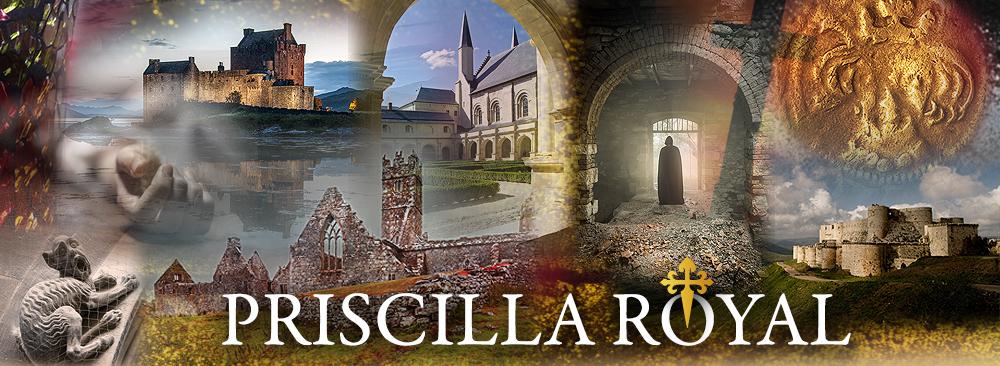The topic of virtual vs. real life in historical mysteries
is fun. Let’s start with the question often asked: do I change the facts of history?
There are many answers, some of which are:
1. Adding
fictional characters is changing history;
2. No
matter how I may try to “think” 13th century, I was still born in
the mid-20th and cannot
successfully escape this fact entirely;
3. When
it comes to human nature, there is nothing new under the sun;
4. The
survival of primary sources is accidental.
That may suggest I play fast and loose with history. I do
not. Why write historical fiction if
the emphasis is on fiction? This is
where I get to my definition of real vs. virtual reality.
I don’t want to change dates and events because they must
have an impact on my characters to give a sense of the era. That is the real life in my books. That I write
about fictional characters is part of the virtual
reality of the stories.
As for the way my characters behave or think, Answer # 3 is
significant. This is not the 21th century speaking. Ecclesiastes, my
favorite grump, said the same thing almost 3000 years ago. And so I let people
do things many might think modern
because there were medieval people who did or thought some surprising things.
What I won’t ignore is that they will express themselves and rationalize their
actions within the logic of their time just as people always have and always
will. Neither we nor they invented hate, compassion, willful ignorance,
analytical curiosity, acceptance of diversity or rejection of same. Each era may
mix elements like these differently, but they are all to be found anywhere in
human history. To me, this is as real as the date William the Bastard conquered
England .
How I portray it in books with my characters is the virtual part.
Documentation from older eras often lacks variety of opinion
which leads reasonable people to say that it is proof certain attitudes could
not have existed. In reply, I offer this observation. As a child I was told that
“everyone did that (or thought that way) then”, when referring to the opinions
like: African-Americans were inferior; it was reasonable to send Americans of
Japanese ancestry to internment camps during WW II; a woman must marry because
she was incapable of protecting or adequately providing for herself. Even if
many did have these points of view, we still live in a time when there is ample
proof that many did not. But wars happen, natural catastrophes occur, evidence
crumbles into dust. (See Answer #4) In some future time, many will again say:
“there is no proof that people thought that way then.” Which viewpoint survives
as predominant is up to chance.
So with care and a respectful bow to the preponderance of
documentation, I choose to have my fictional characters exhibiting age-old
human behavior. This may be virtual reality, but it has elements of the real as
well. In showing the variance of opinion and experience in any era, we learn
that history has more dimension and relevance to our problems today. It also
gives less comfort to those who want justification for bigotry.





No comments:
Post a Comment